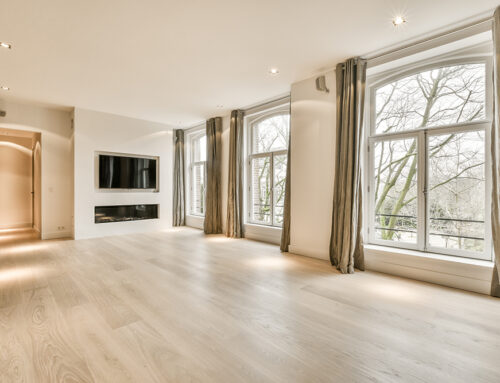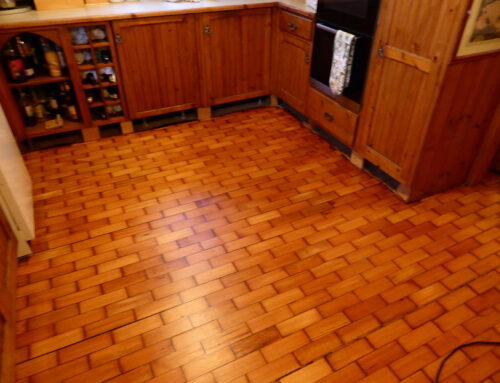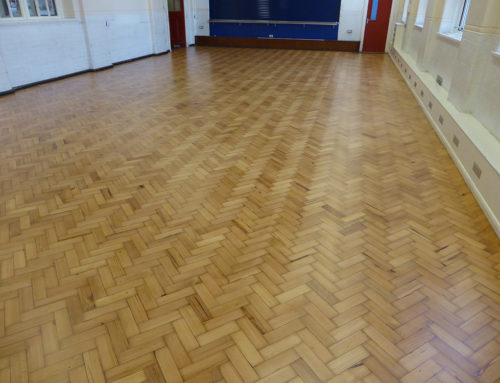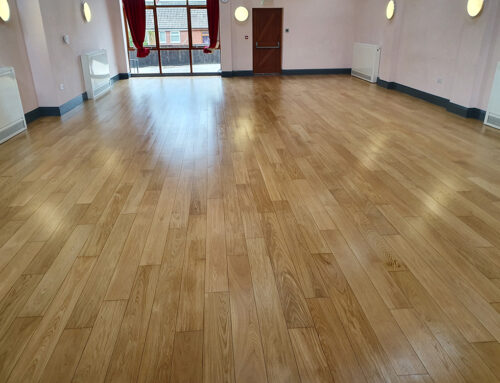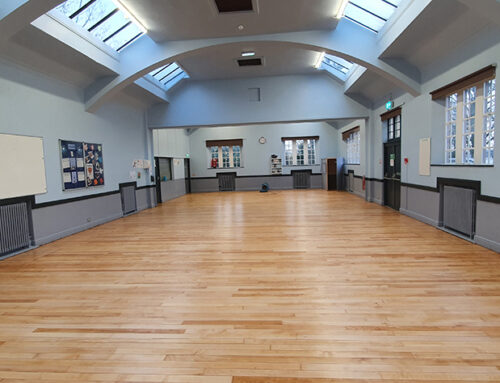The frequency of floor sanding depends on several factors, including the type of wood, the amount of foot traffic, and the level of maintenance. Here are some general guidelines to help determine how often you should sand your floors:
Type of Wood
Different types of wood have varying levels of hardness and durability, which affects how often they need to be sanded:
- Softwoods: Floors made from softwoods like pine or fir may need sanding every 5-7 years, as they are more prone to dents and scratches.
- Hardwoods: Floors made from hardwoods like oak, maple, or cherry are more durable and may only require sanding every 7-10 years.
 Foot Traffic
Foot Traffic
The amount of foot traffic a floor receives is a significant determinant of how often it needs sanding:
- High Traffic Areas: Floors in high-traffic areas such as hallways, kitchens, and living rooms may need sanding every 3-5 years.
- Low Traffic Areas: Floors in low-traffic areas such as bedrooms or formal dining rooms may only require sanding every 10-15 years.
Level of Maintenance
Regular maintenance can extend the time between sanding sessions:
- Proper Cleaning: Regular sweeping and mopping can prevent dirt and debris from scratching the floor’s surface.
- Use of Rugs and Mats: Placing rugs and mats in high-traffic areas can reduce wear and tear on the floor.
- Protective Pads: Using protective pads under furniture legs can prevent scratches and dents.
Signs That Your Floors Need Sanding
 Even with regular maintenance, there are signs that indicate it’s time to sand your floors:
Even with regular maintenance, there are signs that indicate it’s time to sand your floors:
- Visible Scratches and Dents: If the floor has numerous scratches and dents, especially in high-traffic areas, it may be time for sanding.
- Stains and Discoloration: Persistent stains and discoloration that cannot be removed with regular cleaning indicate the need for sanding.
- Loss of Shine: If the floor has lost its lustre and no longer shines, sanding can restore its original beauty.
- Warping or Cupping: Structural issues such as warping or cupping may require sanding to restore the floor’s smooth surface.
Regular floor sanding is essential to maintain the beauty and longevity of wooden floors. By understanding the factors that influence the frequency of sanding, such as the type of wood, foot traffic, and level of maintenance, you can ensure that your floors remain in excellent condition for years to come.
Pay attention to signs that indicate it’s time for sanding, and don’t hesitate to consult with a professional floor sander for the best results. With the right care and attention, your wooden floors can continue to enhance the beauty and value of your home. Call our helpful team today on 0800 852 7188.


